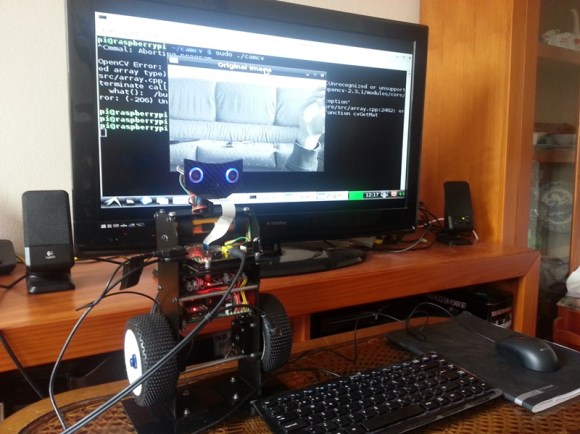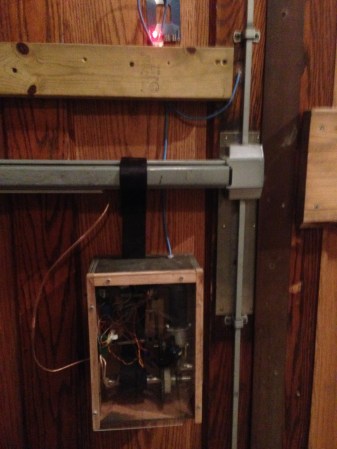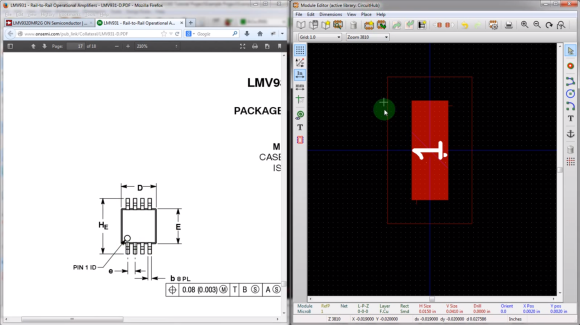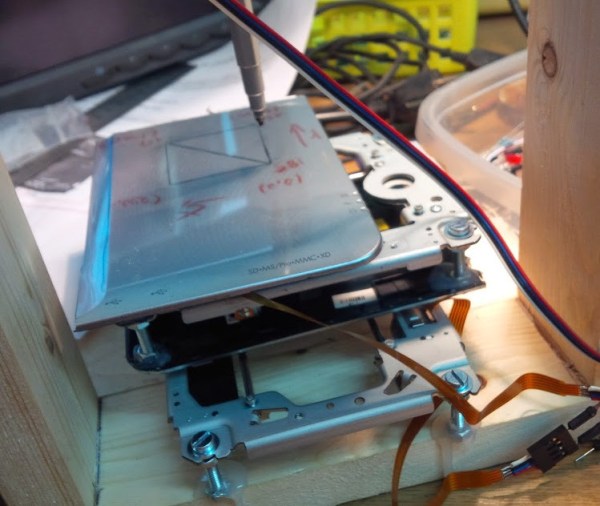
It’s a lot of fun to see a self-balancing robot project. Rarely do they go much further than being able to keep themselves upright while being piloted remotely and annoyingly shoved by their creator as proof of their ability to remain standing on two wheels. This little anthropomorphic guy is the exception to the rule. It’s the product of [Samuel Matos] who says he didn’t have a specific purpose in mind, but just kept adding features as they came to him.
Starting with a couple of carbon fiber plates [Samuel] cut the design by hand, using stand-offs to mount the NEMA 17 stepper motors and to connect the two halves of the chassis. It looks like he used some leftover material to make a nice little stand which is nice when coding at his desk as seen above. There’s also a carbon-fiber mask which makes up the face atop an articulated neck. It has two ultrasonic range-finding sensors as eyes, and the Raspberry Pi camera module as the nose. The RPi board powerful enough to run OpenCV which has kept [Samuel] busy. He set up a course in his living room containing tags directing where the little guy should go. It can also follow a tennis ball as it rolls around the room. What we found most impressive in the clip after the break is its ability to locate the next tag after making a turn.
Continue reading “Self-Balancing Robot Keeps Getting More Features”

















